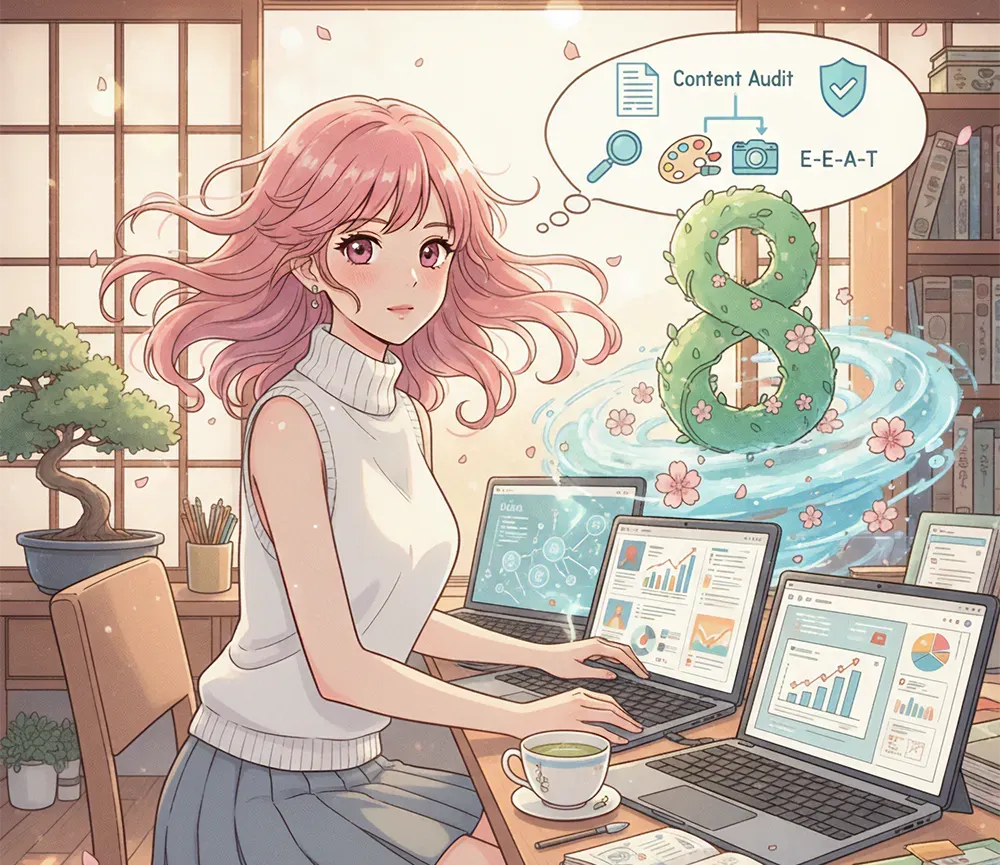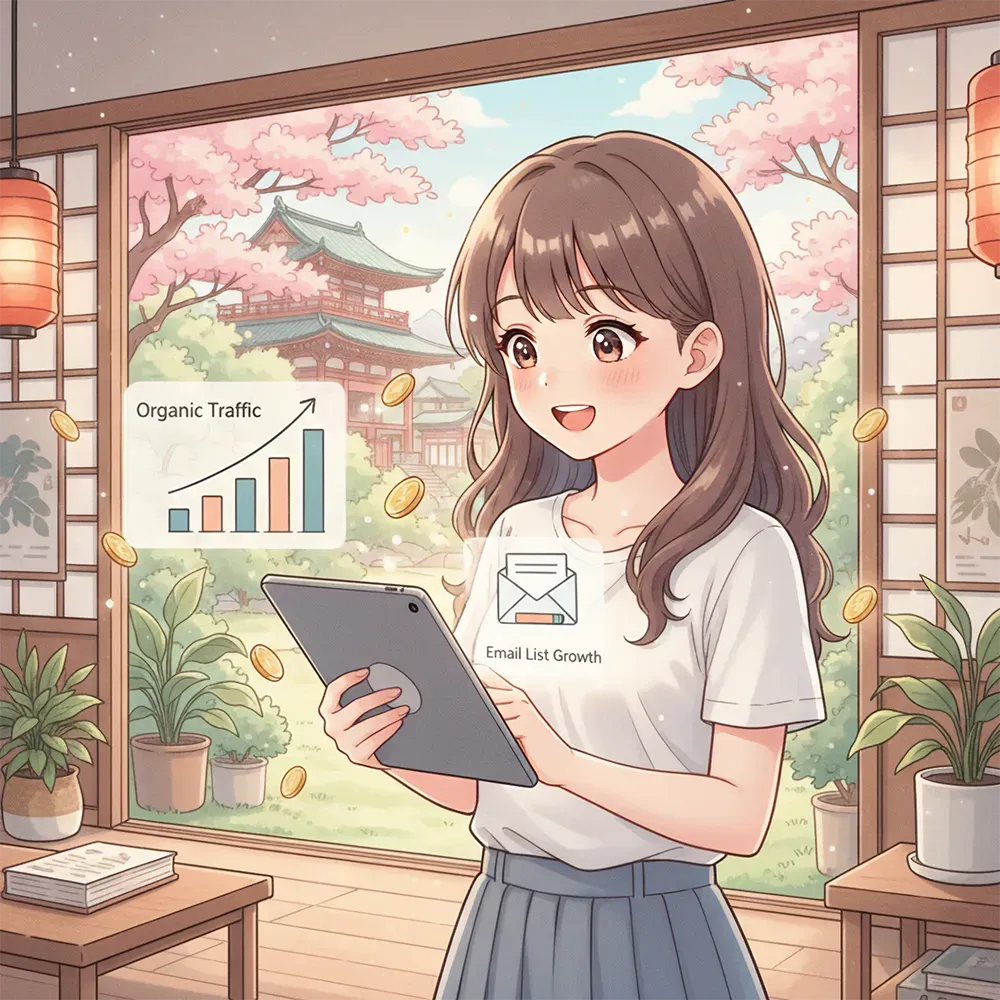My Google AdSense Rejection Story: How I Finally Overcame "Low Value Content"

I just got rejected by Google AdSense. The dreaded email landed in my inbox with that familiar phrase: "low value content." If you're reading this, chances are you've been there too, staring at that rejection message wondering what exactly Google wants from you.
After three rejections and countless hours of research, I finally cracked the code. Here's what I learned about Google perceiving your content as not valuable enough to meet their standards, and more importantly, how I fixed it.
The Reality Behind "Low Value Content"
When Google says your content has low value, they're not just being picky. By low-value content, they mean, some or all of the content on your site is not original and is probably spun. Or, it is not providing information about anything new that doesn't already exist.

I initially thought having 20+ articles with 1,000 words each would be enough. But here's the thing: the problem is not the number of articles or pages on your site. It isn't even about the amount of traffic you get. Google cares about substance, not just word count.
Why Most WordPress Sites Fail AdSense Approval
After helping dozens of fellow bloggers troubleshoot their rejections, I've noticed clear patterns. The biggest mistake you make while writing content is that you use the AI tool to write the article and copy and paste it as it is. Google's algorithms have become incredibly sophisticated at detecting AI-generated or spun content.
But it goes deeper than just avoiding AI tools. Many WordPress users, especially those coming from simpler blogging platforms, don't realize how much the visual presentation matters. They throw up content without considering structure, readability, or user experience.

The Gutenberg Editor Revolution (That Most People Miss)
Here's something that transformed my approach: properly using WordPress's Gutenberg block editor. One of the key advantages of the Gutenberg editor is its recent optimization for Search Engines. Most people treat it like a basic text editor, but that's leaving money on the table.
The block editor isn't just about making things pretty. Gutenberg is a new way to edit content in WordPress. It replaces the worn-out TinyMCE post content editor and can do a lot more from thinking shortcode to even customizing fields. When you use blocks properly, you're creating structured content that both readers and search engines love.
I started using different block types strategically:
- Table blocks for comparisons (which readers spend 3x longer viewing)
- Quote blocks for highlighting key statistics
- Gallery blocks for before/after screenshots
- Reusable blocks for consistent CTAs and disclosures
The difference was immediate. My average time on page jumped from 45 seconds to over 2 minutes.
The Technical Foundation Nobody Talks About
Your hosting setup can make or break your AdSense application. I learned this the hard way when my shared hosting plan was causing 4-second load times. Google prioritizes providing a positive user experience, and that means keeping their ads away from websites with subpar content - and slow loading is definitely subpar.

The Hosting Hierarchy That Actually Matters
After testing multiple setups, here's what I found works:
For beginners (under 5,000 monthly visitors): Quality shared hosting is fine, but avoid the cheapest options. While shared hosting is the most affordable website hosting option, your site might experience slowdowns when there is a lot of traffic coming into websites on the same server as you.
For growing sites (5,000-50,000 monthly visitors): VPS hosting offers more control and flexibility, but it requires more technical know-how and time. The performance boost is worth it if you're serious about monetization.
For established sites: Managed WordPress hosting handles the technical heavy lifting. Managed WordPress is a service optimized and designed to host WordPress sites, taking care of updates, security, and performance optimization automatically.
My 8-Step Recovery Plan (That Actually Worked)

After my third rejection, I implemented this systematic approach:
1. Content Audit and Rewriting
I reviewed every single post. Check all your blog posts one by one and see whether you've given proper heading tags and added subheadings or not. Any content under 500 words got expanded or deleted. AI-generated sections were completely rewritten with personal insights.
2. Visual Enhancement Strategy
Instead of walls of text, I broke up content with relevant images, charts, and infographics every 300-400 words. This wasn't just cosmetic - engagement metrics improved dramatically.
3. E-E-A-T Implementation
E-E-A-T means experience, expertise, authoritativeness, and trustworthiness. Google wants content to come from someone who knows what they're talking about and is reliable. I added author bios, cited sources, and included case studies from my own experience.
4. Technical Optimization
- Switched to a VPS hosting plan
- Implemented aggressive caching
- Optimized all images (reduced page weight by 60%)
- Fixed all broken links
- Added structured data markup
5. Essential Pages Creation
It is mandatory to have a privacy policy on your website. Failing to provide one is a surefire way to get your AdSense application rejected. I created comprehensive:
- Privacy Policy
- Terms of Service
- About Us page
- Contact page with working form
- Detailed author pages
6. Content Depth Over Breadth
Instead of churning out short posts, I focused on comprehensive guides. My average post length went from 800 to 2,500 words, but more importantly, they actually solved problems.
7. Internal Linking Strategy
I connected related content logically, keeping visitors on site longer. This showed Google that people found value in exploring multiple pages.
8. User Experience Overhaul
- Improved mobile responsiveness
- Added a table of contents to longer posts
- Implemented breadcrumb navigation
- Created a logical category structure
The Results (And What Surprised Me)
After implementing these changes and waiting two weeks, I reapplied. This time, approval came in just 48 hours.
But here's what really shocked me: within a month of approval, my AdSense earnings exceeded what I'd imagined. The improvements I made for AdSense actually improved my entire site. Organic traffic increased by 150%, and my email list grew faster than ever.

Common Mistakes to Avoid
Through this journey and helping others, I've seen these mistakes repeatedly:
The Copy-Paste Trap: Creating original content is the only way you will succeed with AdSense. Even paraphrasing without adding value won't cut it.
The Traffic Obsession: Google doesn't specify a minimum amount of content or a minimum number of visitors required for approval to AdSense. Focus on quality, not numbers.
The Set-and-Forget Mentality: Your site needs constant improvement. What worked six months ago might not work today.
The Hard Truth About Modern Content Creation
Google wants content creators to create content for readers, not for Search Engine. This means thinking beyond keywords and SEO tricks. Every piece of content should answer this question: "Would I bookmark this if I found it?"
Creating valuable content isn't about gaming the system. It's about genuinely helping people. When I shifted from "How can I get approved?" to "How can I create something people actually want to read?", everything changed.
Moving Forward: Your Action Plan
If you're facing the "low value content" rejection, don't despair. If you get your site approved without understanding the standards required, chances are high you will violate their minimum requirements and your site will be disapproved. Take this as an opportunity to build something better.
Start with these immediate actions:
- Audit your existing content ruthlessly
- Upgrade your hosting if you're on the cheapest plan
- Master the Gutenberg editor's advanced features
- Focus on solving real problems for real people
- Document your expertise and experience

Remember, AdSense approval isn't the end goal - it's the beginning. The standards they enforce will make you a better content creator. The site that gets approved will be one that deserves to succeed anyway.
Getting rejected by Google AdSense felt crushing at first. But looking back, those rejections forced me to level up in ways I never would have otherwise. My site is faster, my content is deeper, and my audience is more engaged.
The "low value content" message isn't Google being mean. It's them telling you that you're capable of so much more. Rise to the challenge, and you'll build something that not only gets approved but actually makes a difference.
